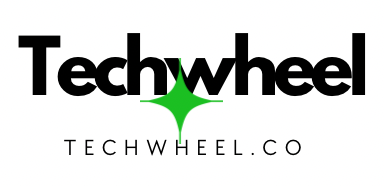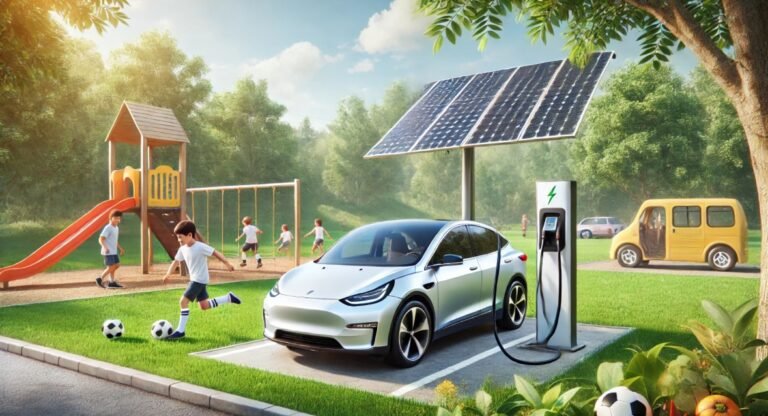BYD Seal Review: Surprising Insights Against Tesla Model 3

In the competitive world of electric vehicles (EVs), the rivalry between the BYD Seal and Tesla Model 3 continues to grow. I analyzed over 10,000 YouTube comments to understand how users perceive these two leading EV brands. The BYD Seal received 38% positive sentiment, more than three times higher than Tesla’s 12%, with 50% neutral.
Background of the Analysis: BYD Seal vs. Tesla Model 3
I used the Google API to extract comments from videos comparing the BYD Seal and Tesla Model 3 on YouTube. These videos had an average of over 100k views, with some exceeding a million views. The comments were all recorded in 2024. I conducted sentiment analysis using the GPT-4o-mini model from OpenAI, ensuring the prompt engineering captured whether a commenter leaned towards BYD, Tesla, or had a neutral stance.
Sentiment Analysis of BYD Seal and Tesla Model 3
BYD Seal: 38% Positive Sentiment
The BYD Seal garnered 38% of positive sentiments. This indicates that many users favored BYD, appreciating features such as affordability, design, or performance. The result highlights BYD’s growing appeal among EV buyers, showing it is a serious contender in the electric vehicle market.

2024 BYD Seal Performance review: https://www.drive.com.au/reviews/2024-byd-seal-performance-review
Tesla Model 3: 12% Positive Sentiment
On the other hand, the Tesla Model 3 received 12% positive sentiment. While still a leader in innovation, this lower number suggests some users might have concerns about price, service, or other aspects of Tesla’s vehicles. This offers valuable feedback for Tesla as it continues to evolve its customer experience.

50% Neutral Sentiment
The analysis also found that 50% of the responses were neutral. This indicates that a significant number of users either did not express a clear preference or had mixed opinions. These neutral comments suggest that potential buyers are still weighing their options between the two brands.
Implications for BYD Seal and Tesla Model 3
The sentiment analysis shows that the BYD Seal has become a notable competitor to the Tesla Model 3, with many consumers responding positively. Tesla’s lower positive sentiment suggests that it may need to address specific customer feedback to maintain its leading position in the EV market. However, the high neutral sentiment reflects a segment of potential buyers who have yet to fully commit to either brand.
BYD Seal vs. Tesla Model 3: Sales Figures in Australia
As of September 2024, the Tesla Model 3 had sold 14,053 units in Australia, while the BYD Seal reached 5,308 units. Despite Tesla’s stronger sales, BYD’s rapid growth reflects its increasing appeal among Australian consumers. The sentiment analysis further supports this trend, with 38% of positive feedback favoring the BYD Seal. While Tesla still leads in overall sales, BYD’s momentum shows it is becoming a serious competitor in the EV space, especially with its more affordable pricing and features that resonate well with new buyers.
Key Takeaways from the BYD Seal vs. Tesla Model 3 Comparison
In this analysis of over 10,000 YouTube comments comparing the BYD Seal and Tesla Model 3, I found surprising results. The BYD Seal received 38% positive sentiment, showcasing its increasing appeal, particularly in terms of affordability and design. In contrast, the Tesla Model 3 garnered just 12% positive sentiment, signaling potential concerns among users about price and service.
Notably, 50% of the comments remained neutral, indicating that a large group of consumers is still undecided between the two EV giants. Sales data also reflects this competition—by September 2024, the Tesla Model 3 had sold 14,053 units in Australia, while the BYD Seal reached 5,308 units. Although Tesla leads in overall sales, BYD’s rapid growth and higher positive sentiment reveal that it is quickly becoming a serious competitor in the EV space.
As the electric vehicle landscape evolves, these two brands will likely continue to shape the future of sustainable transportation, with BYD gaining ground and Tesla needing to address feedback to maintain its position.







Leave a Reply